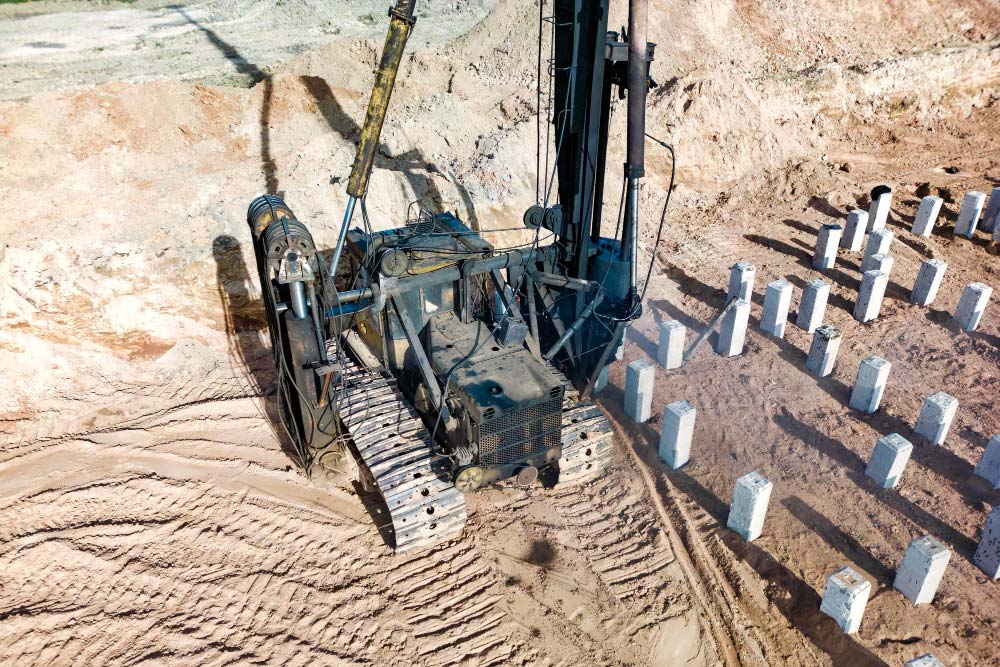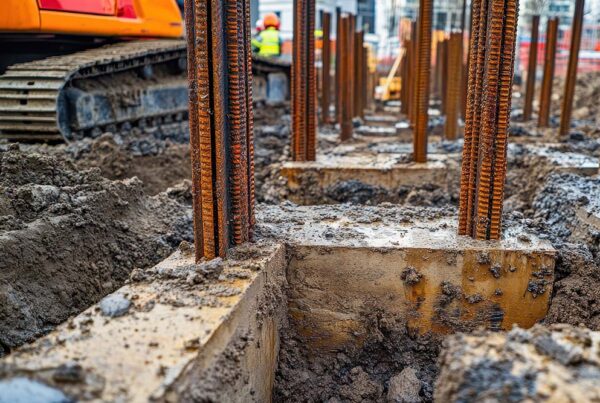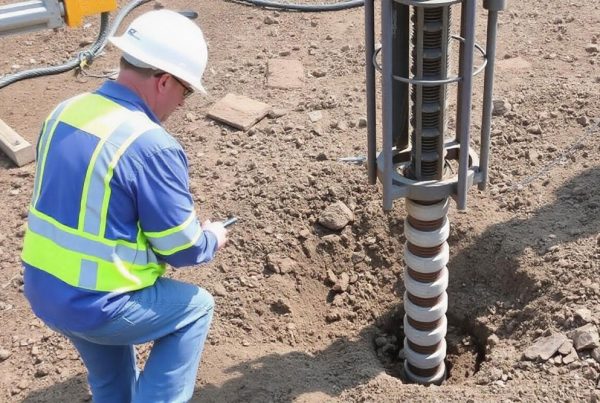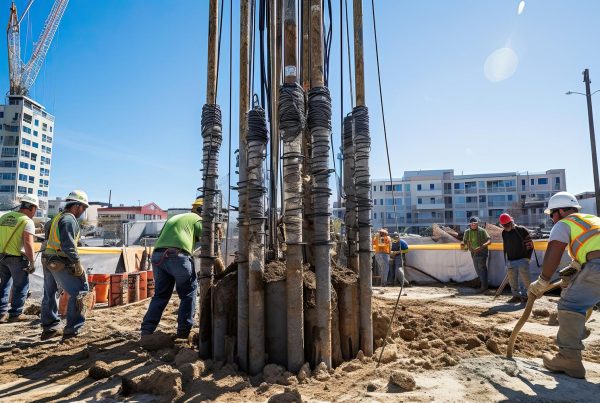Driven pile foundations are a popular choice for construction projects requiring strong and stable foundations, particularly in areas with challenging soil conditions. These foundations transfer structural loads to deeper, more stable soil layers or rock strata, ensuring the integrity and longevity of the structure. In regions like Congo, where diverse soil profiles and seismic activity can complicate foundation design, careful consideration of load calculations and structural requirements is crucial. This article explores the key factors in designing driven pile foundations to achieve optimal performance and safety.
1. Understanding Load Calculations
Accurate load calculations are the cornerstone of designing a reliable driven pile foundation. These calculations ensure that the piles can support both vertical and lateral loads, accounting for factors such as the weight of the structure, environmental forces, and soil characteristics. In Congo, where heavy infrastructure projects and high-rise buildings are becoming more common, precise load calculations are essential for maintaining structural stability.
Types of Loads to Consider:
- Dead Loads: The permanent weight of the structure, including walls, floors, and fixed equipment.
- Live Loads: Temporary or movable loads, such as people, furniture, and vehicles.
- Environmental Loads: Forces from wind, earthquakes, or flooding that can impact the foundation.
Steps in Load Calculation:
- Identify the total weight of the structure and distribute it across the piles.
- Calculate lateral loads and their impact on the foundation.
- Incorporate safety factors to account for unforeseen conditions.
2. Structural Requirements for Driven Piles
The structural design of driven piles must ensure they can withstand the forces acting upon them without failure. This involves selecting appropriate materials, determining the pile length and diameter, and considering the interaction between the pile and the soil. In regions like Congo, where soil profiles vary from dense clay to loose sands, tailoring the structural requirements of driven piles is vital for achieving a durable foundation.
Material Selection:
- Steel piles are suitable for high-load applications and corrosive environments.
- Concrete piles offer excellent durability and are cost-effective for large-scale projects.
- Timber piles are an economical choice for light structures and temporary foundations.
Pile Length and Diameter:
- Longer piles are necessary for deep soil layers or when supporting heavy loads.
- Wider piles provide greater resistance to lateral forces and buckling.
3. Soil Analysis and Site Conditions
Understanding the soil properties and site conditions is a critical step in designing driven pile foundations. Soil testing and geotechnical surveys provide valuable data on factors such as soil type, bearing capacity, and groundwater levels. In Congo, where construction sites often present unique challenges, comprehensive soil analysis ensures the foundation design is tailored to the local environment.
Key Soil Properties to Evaluate:
- Shear strength and compressibility.
- Soil density and moisture content.
- Presence of corrosive elements or unstable layers.
4. Environmental and Seismic Considerations
Environmental factors and seismic activity must be factored into the design of driven pile foundations to ensure safety and longevity. In areas like Congo, where seismic activity is a concern, piles must be designed to resist dynamic forces and minimize the risk of structural failure.
Design Strategies for Environmental and Seismic Loads:
- Incorporate reinforced materials to enhance pile strength under seismic forces.
- Design piles to accommodate soil liquefaction and lateral spreading during earthquakes.
- Account for seasonal variations in groundwater levels and their impact on pile performance.
5. Testing and Quality Assurance
Ensuring the quality of driven pile foundations requires thorough testing and monitoring during and after installation. Load tests and pile integrity tests confirm that the piles meet the design specifications and can support the required loads.
Types of Tests:
- Static Load Tests: Evaluate the pile’s capacity under vertical and lateral loads.
- Dynamic Load Tests: Assess the pile’s response to dynamic forces, such as vibrations and impacts.
- Integrity Tests: Check for defects or weaknesses in the pile material.
Conclusion
Designing driven pile foundations requires a thorough understanding of load calculations, structural requirements, and site-specific conditions. In regions like Congo, where diverse environmental and geotechnical challenges exist, these considerations are essential for ensuring safe and durable foundations. By combining advanced engineering practices with rigorous testing and quality assurance, construction professionals can deliver reliable driven pile foundations that meet the demands of modern infrastructure projects.






